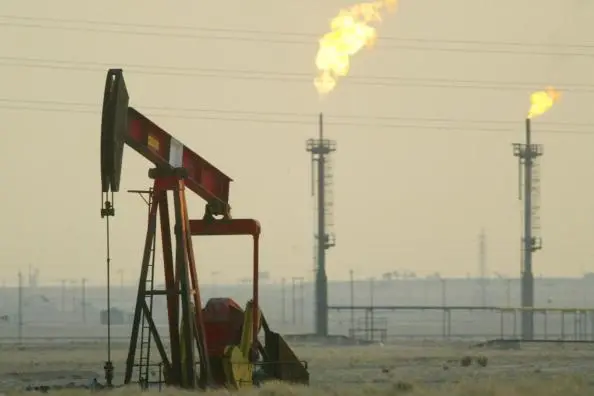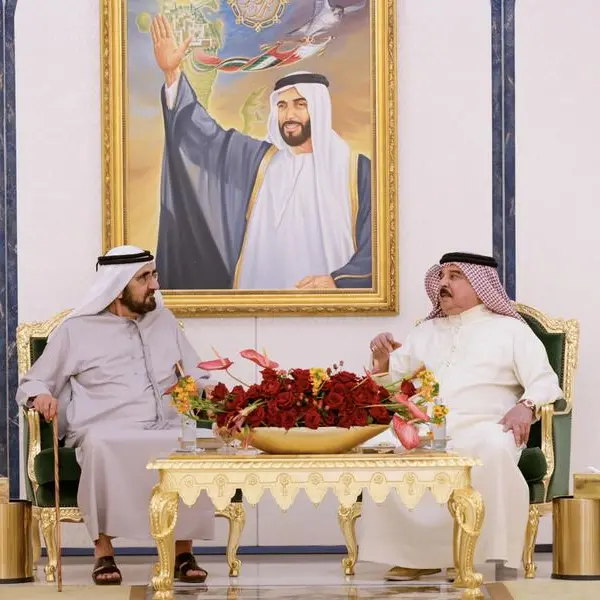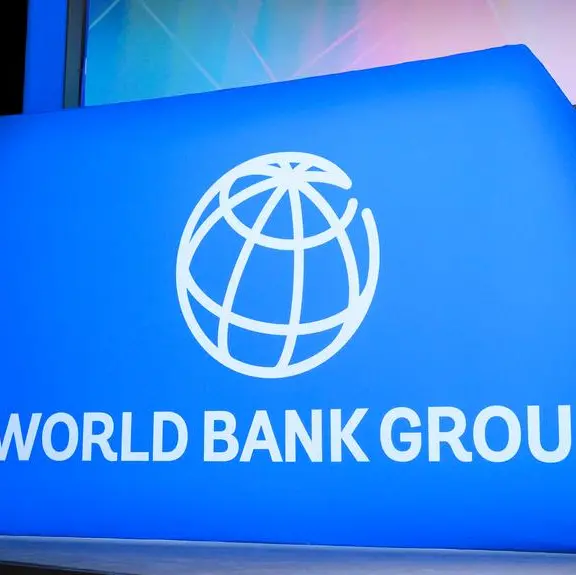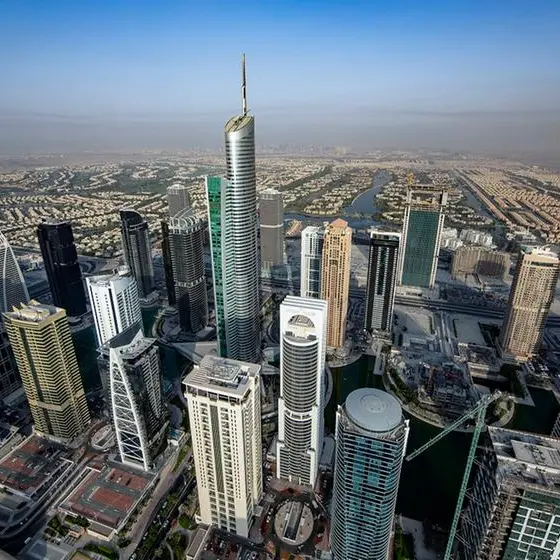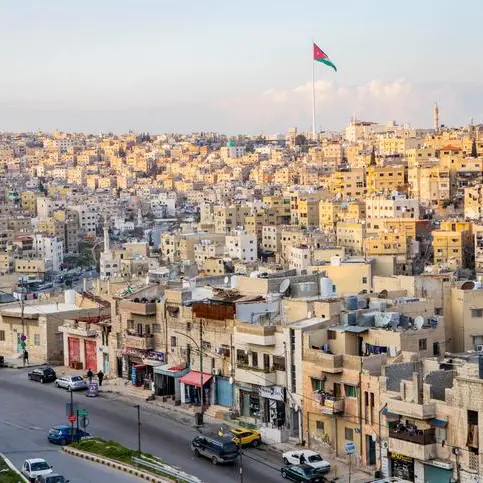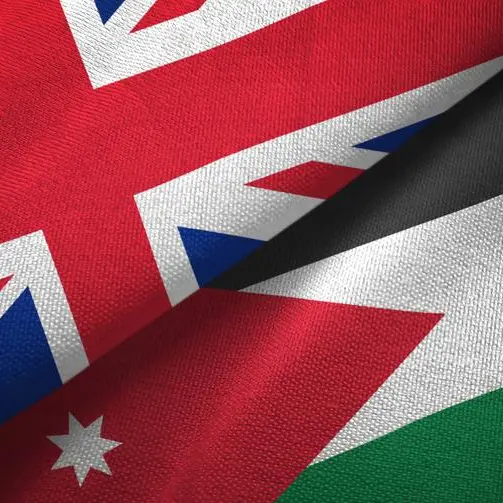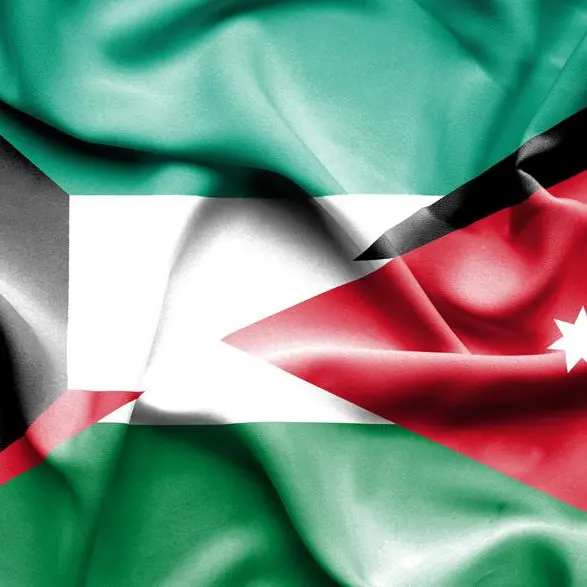PHOTO
RIYADH - Higher oil prices are set to boost trade surpluses in the Gulf over the next 18 months but economies will grow only moderately because of government austerity policies, a quarterly Reuters poll of private economists shows.
The Brent oil price, now nearly $75 a barrel, has averaged over $68 so far this year -- a leap from last year's average of just below $55. That is good news for the six wealthy oil-exporting countries of the region.
"If prices stay at their current level that would translate into a $100 billion -- 7 percent of gross domestic product -- boost to the Gulf’s oil export revenues compared with last year," London-based Capital Economics wrote in a client note.
"Budget and current account positions would improve, providing governments with scope to ease back on austerity and lend some support to economic growth."
Many economists don't think oil prices will stay as high as their current levels into next year.
But they are nevertheless raising their forecasts for the Gulf's external balances. Bigger surpluses -- or in the case of the weakest economies, Oman and Bahrain, smaller deficits -- would reduce pressure on countries' foreign exchange reserves, which were hit by the plunge of oil prices after 2014.
Saudi Arabia, for example, is now expected to run a current account surplus of 3.3 percent of GDP this year, according to the Reuters poll of 15 economists, instead of the 1.9 percent forecast in the previous poll last January. The median forecast for next year has been lifted to 2.6 percent from 2.2 percent.
Oman is now expected to run a current account deficit of 7.5 percent this year, instead of the previous forecast of 8.4 percent.
Because of higher oil prices, Oman's state budget deficit is now forecast at 8.4 percent of GDP this year and 6.5 percent next year -- still unsustainably high in the long run, but better than the previous forecasts for deficits of 11.6 percent and 8.2 percent.
While firm oil prices would bolster state coffers, however, they would not necessarily boost economic growth much. That's because some economies will continue to labour under recent austerity policies, such as the imposition of 5 percent value-added tax in Saudi Arabia and the United Arab Emirates in January.
Many countries are taking advantage of higher oil prices to raise state spending and water down parts of their austerity programmes; for that reason, Saudi Arabia is now expected to run a state budget deficit of 7.8 percent of GDP in 2018 instead of 7.2 percent, and 6.7 percent in 2019 instead of 6.0 percent.
That may not be enough to stimulate much new growth in the private sector, though.
"GDP data showed that the downturn in Saudi Arabia's economy deepened at the end of last year. A fading drag from the oil sector appears to have returned the economy to positive growth at the start of this year, but the non-oil sector seems to be suffering," Capital Economics said.
The median forecast for Saudi Arabia's GDP growth this year remains unchanged at 1.5 percent, though next year's prediction has been raised slightly to 2.4 percent from 2.0 percent.
(Polling by Indradip Ghosh and Rahul Karunakar Editing by Raissa Kasolowsky) ((andrew.torchia@thomsonreuters.com; +9715 6681 7277; Reuters Messaging: andrew.torchia.thomsonreuters.com@reuters.net))
